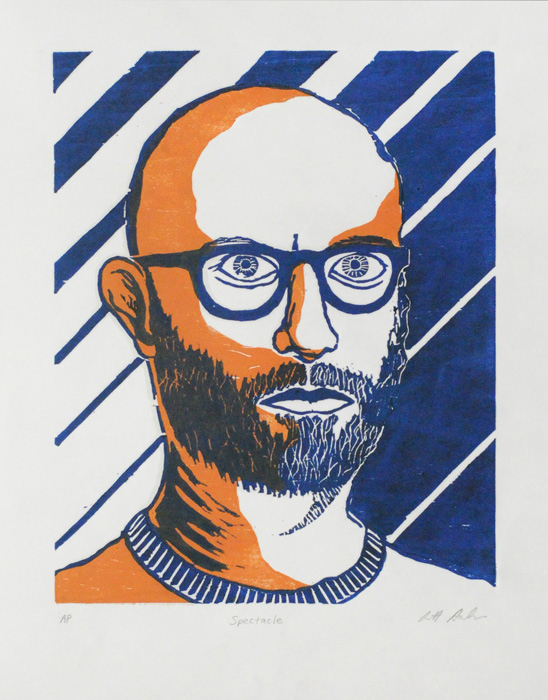John Cage’s performance, 4:33, takes anticipation to a new level: the artist sits at a piano in a public space (like Harvard Squre) and performs a “silent piece” with no noise whatsoever except the crowd’s chatter. Cage’s interest in the extra-sonic qualities of music is evidenced by his book Notations, a collection of written music notation “chosen by circumstances.” The work combines the sheet music with quotations from composers, offering up some lively contradictory statements on the state of music education, for example.
Allan Kaprow’s meditation, Art Which Can’t Be Art, chronicles what happened to the artist philosophically when he carefully observed himself brushing his teeth each morning, reflecting upon the automatic movements of his arm and hand. Kaprow is interested in blurring the lines between art and everyday life. However, he warns against the practice of exalting the non-art object to the status of art by virtue of its inclusion in an art “institution.” Marcel Duchamp’s initial bold statement, The Fountain, is trivialized, writes Kaprow, as more and more nonart is exhibited by others. “Why should we want to estheticize ‘anything’?” asks Kaprow. The author concludes that the art arising from the everyday both is and is not art. This is his paradox. The art is in the noticing of and reflection upon our automatized behavior.
In How to Make A Happening, Kaprow lists rules and gives examples of artistic events that can be executed in the real world using everyday objects and people you know. For example, a hairdresser and client can set up on a subway train and perform a cut and color in public, completely disregarding the surroundings. Kaprow meditates on the world/art duality, arguing that the randomness of the Yellow Pages is a better starting point than the disconnected works of Beethoven or Michelangelo. Happenings are a flavor of performance art with no rehearsals, no encores, and no audience.
According to The New York Times, Allan Kaprow was a “painter, assemblage artist, and pioneer in performance art” who was born in Atlantic City, NJ. He attended NYU as an undergraduate, and studied art history at Columbia before serving on the art faculty at many universities including Rutgers. Kaprow pioneered the “Environment” as a brand of installation art, and the “Happening” as a premeditated style of performance. He was influenced by Jackson Pollock and John Cage.
